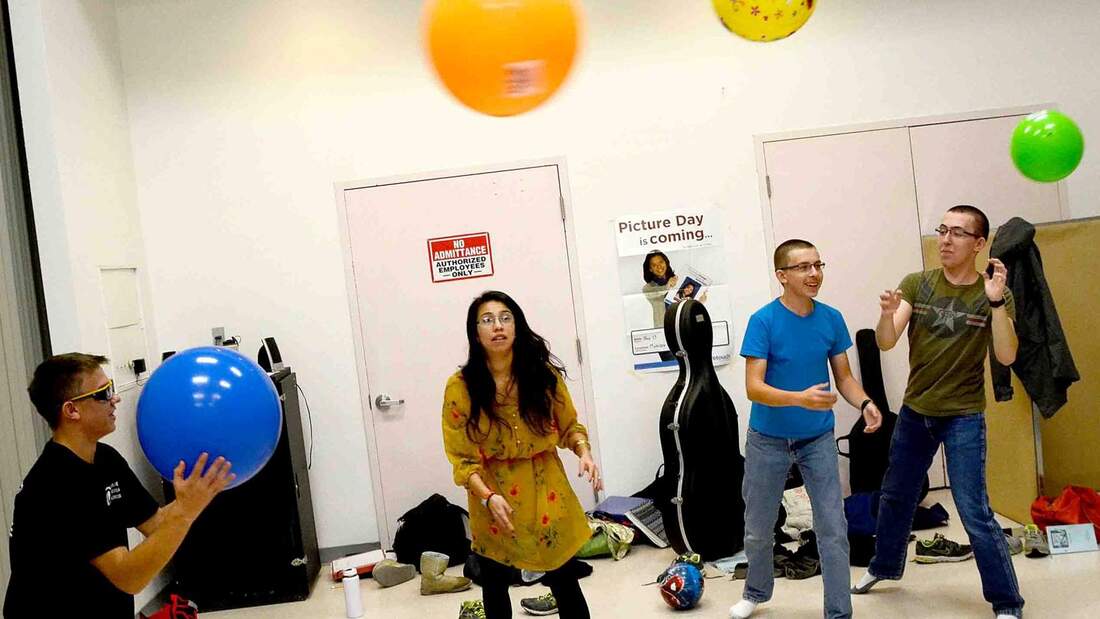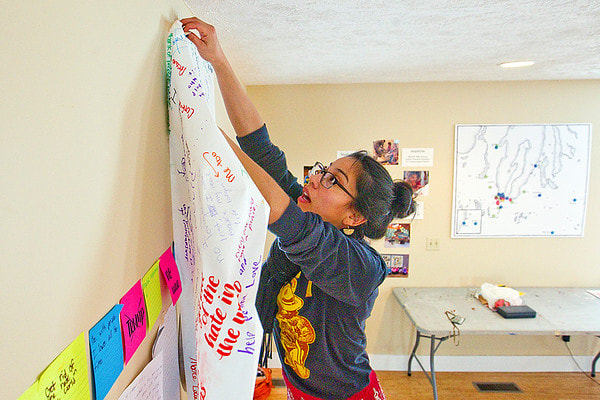Teaching Philosophy
As a young Latina woman and theatre student I was in search of my identity, sense of belonging, and understanding of my voice as an artist. My search for guidance and direction led me to the door of Professor Margaret Larlham. Professor Larlham gave me direction that I was seeking for, for the first time in my career. She taught me that trust, respect, creativity, discipline, critical analysis personal reflection were the cornerstones of collaboration and ensemble. I hold these fundamentals of theatre close to my heart and infuse them into my daily life and career. During my time under Professor Larlham she cultivated a student and mentor relationship of trust and respect that I admire. Her ensemble approach to working with her students as equals made me feel included and accepted into the process, at that time I had no idea the impact this would have the rest of my life and my career.
Throughout my educational and professional experience I discovered that building ensemble is crucial to the learning process. The classroom should be an experimental lab where students learn through trial and error. In order to have a hands on learning experience it is imperative that students feel safe in their learning environment. I believe building ensemble allows students to explore, make mistakes, and engage through constructive dialogue and reflection. If students don’t feel comfortable and safe to explore, their creativity is inhibited by fear: Fear of judgment, ridicule, and failure. In order to create an environment that is conducive to learning I ingrain the ensemble methodology by using the core values of trust and respect from day one. Incorporating the value of trust and respect in the classroom creates a positive dynamic between the students and instructor. The act of respecting, forces students to actively listen and encourages them to voice their opinion. When working together students don’t always agree with one another, creating tension, but if they respect each other’s ideas they will listen and create the opportunity to learn from one another. Once respect and trust are nurtured into the ensemble, creativity forms a strong foundation for learning and exploration. It is the instructor’s responsibility to define an atmosphere that supports these values on the first day of class in order to cultivate a space of creativity. Creativity and imagination opens the door to play. I believe this approach fosters a positive space to explore, discuss, and make mistakes while empowering students to learn and develop their own artistic process, and most importantly develop their character. Discipline is created through rigorous movement and vocal work that unites the ensemble through breath, rhythm, tempo, duration, and repetition. The body and voice are two of our essential tools for learning and in using our instruments to create and explore, students learn by doing. Hands on experience. In addition using our body and voice creates muscle memory and allows students to learn from one another through observation. Ensemble work builds discipline when we all work together and enhances technique. I believe critical analysis and reflection are essential to the learning process. Students learn to implement, share, question, listen, think, and discuss. To reinforce techniques through literacy, active listening, and thought provoking dialogue engages students at a deeper level and reinforces understanding of the art form. The structure of working as an ensemble holds students accountable among the collective; students have a responsibility to be an active participant in their education. One final and essential element of ensemble work is collaboration. Collaboration is ingrained in all the stages of true ensemble work. This is easier said then done. Learning to work with people who are different throughout my career has been one of the most impactful parts of the creative and learning process. As an ensemble, collaboration pushes students to continue to identify and develop their weaknesses while sharing their strengths, in return the ensemble and individual grows stronger. |













